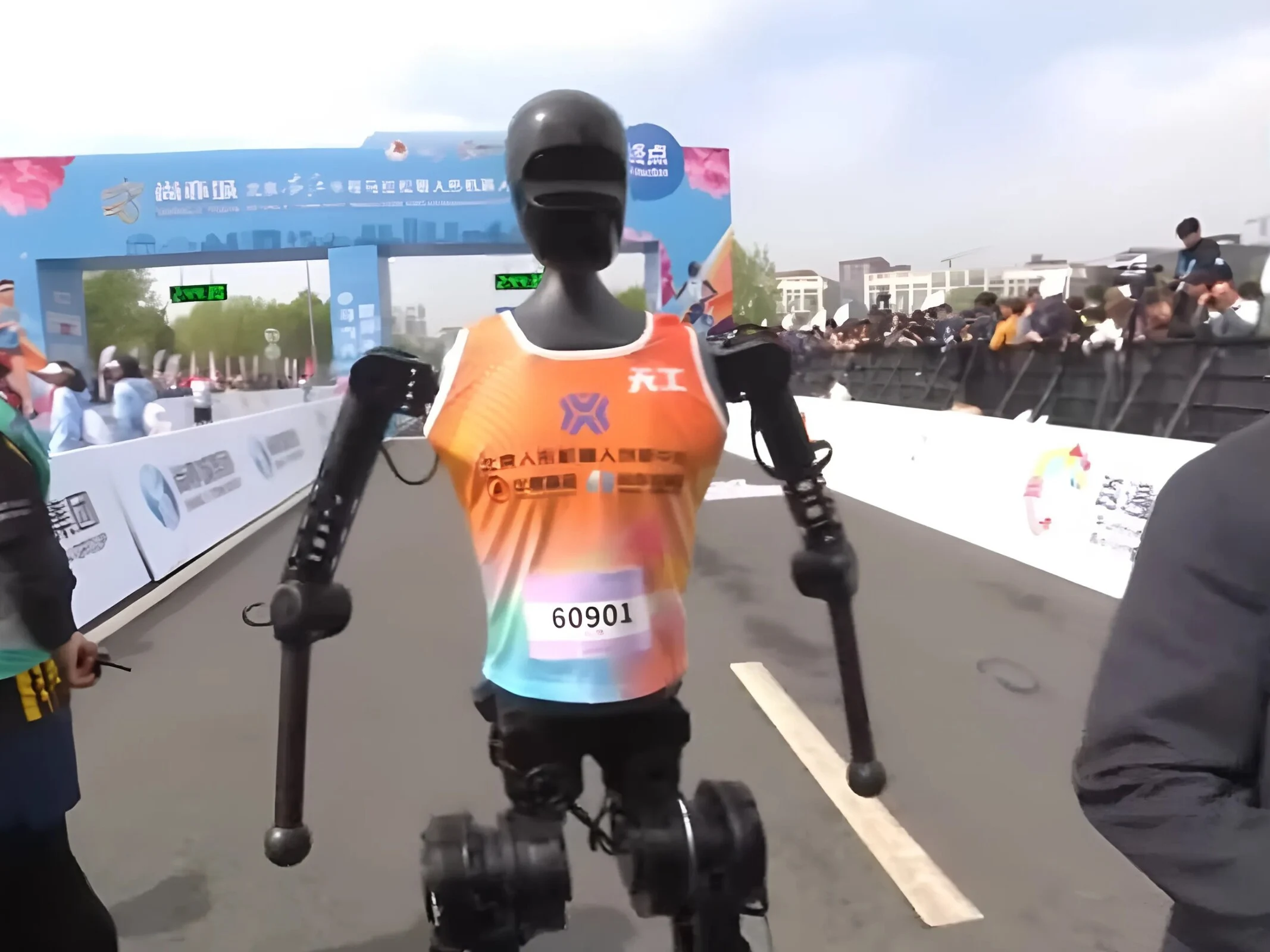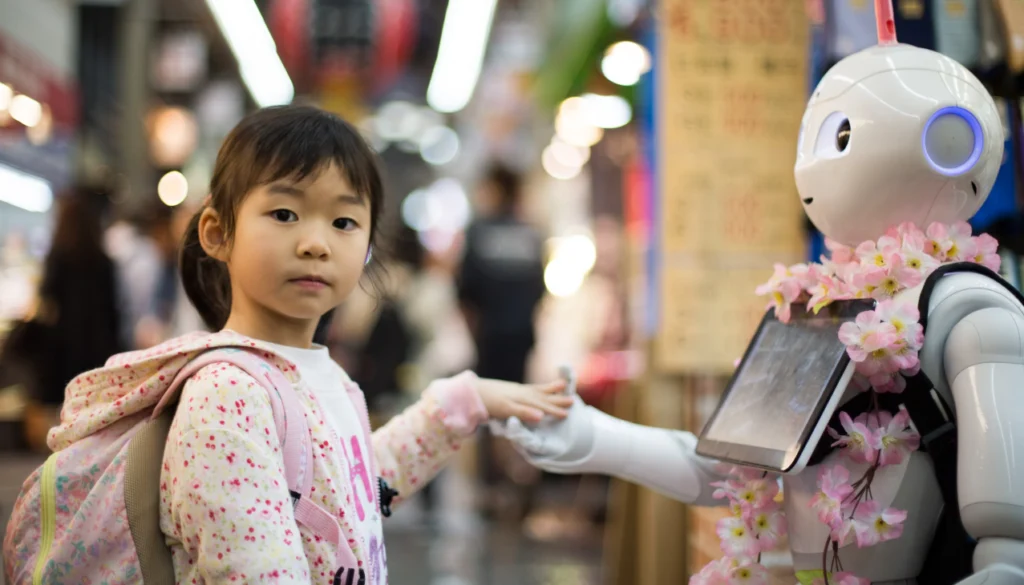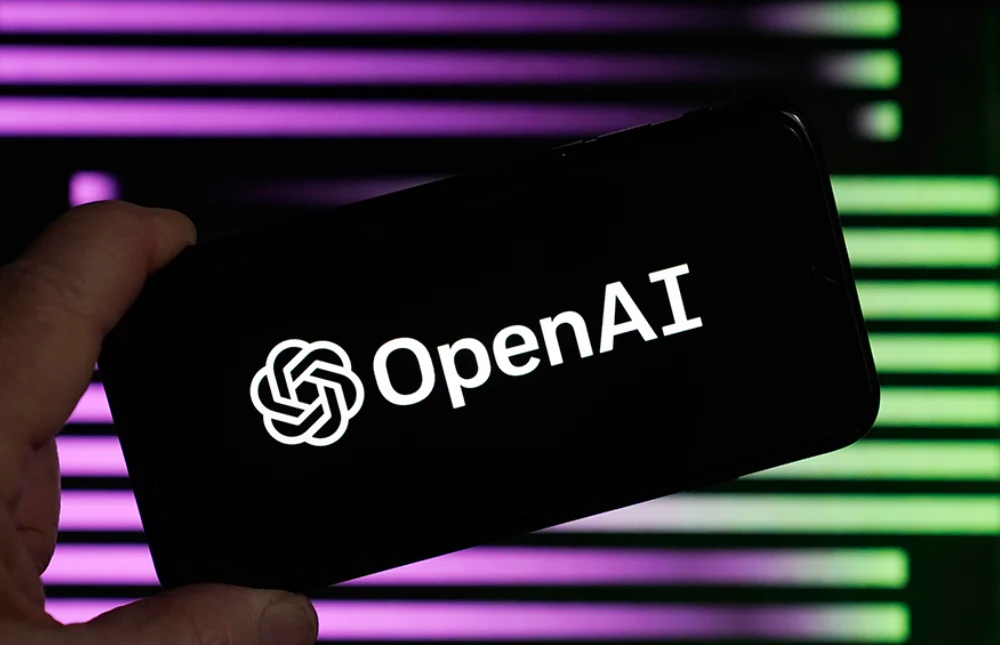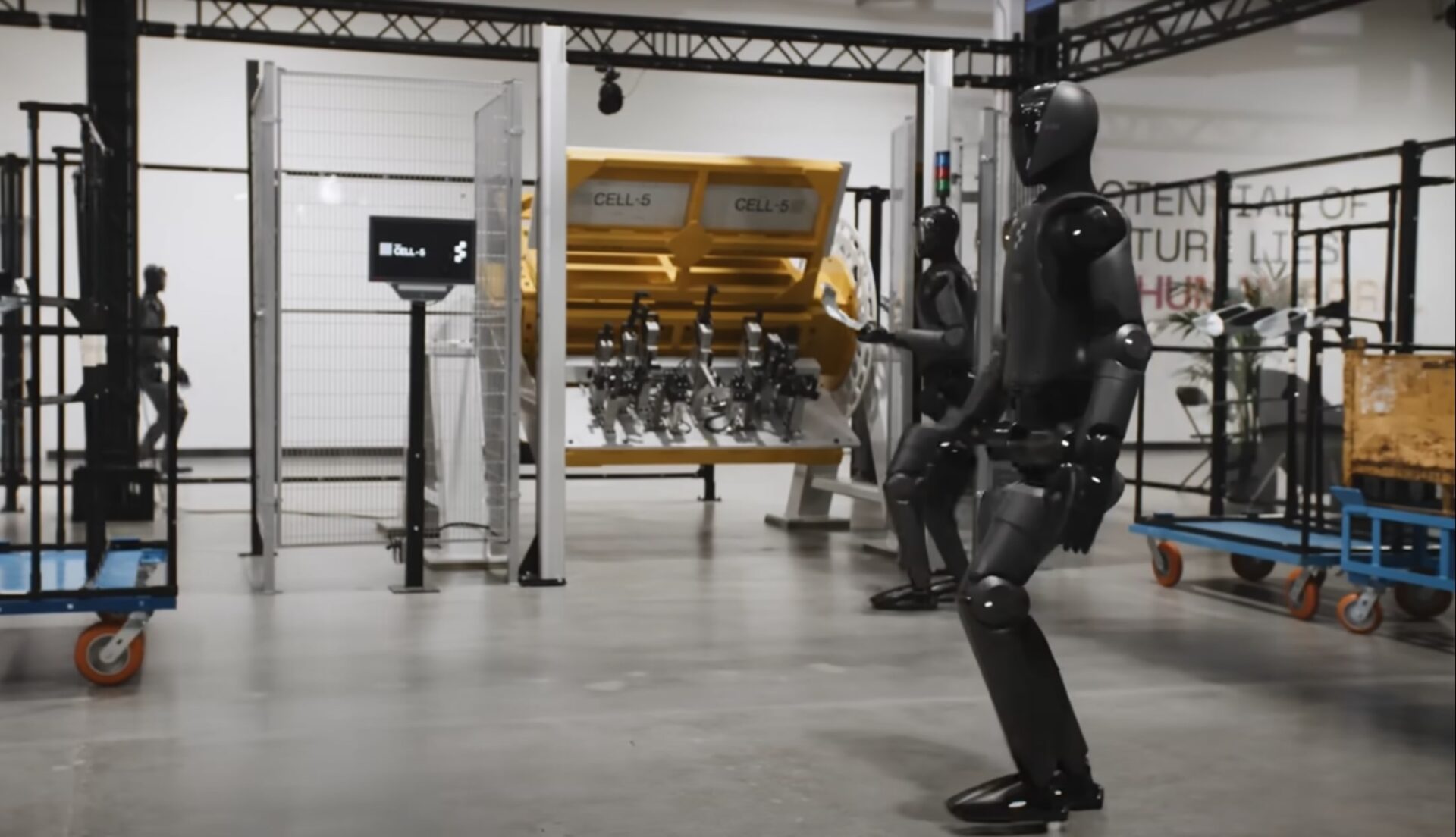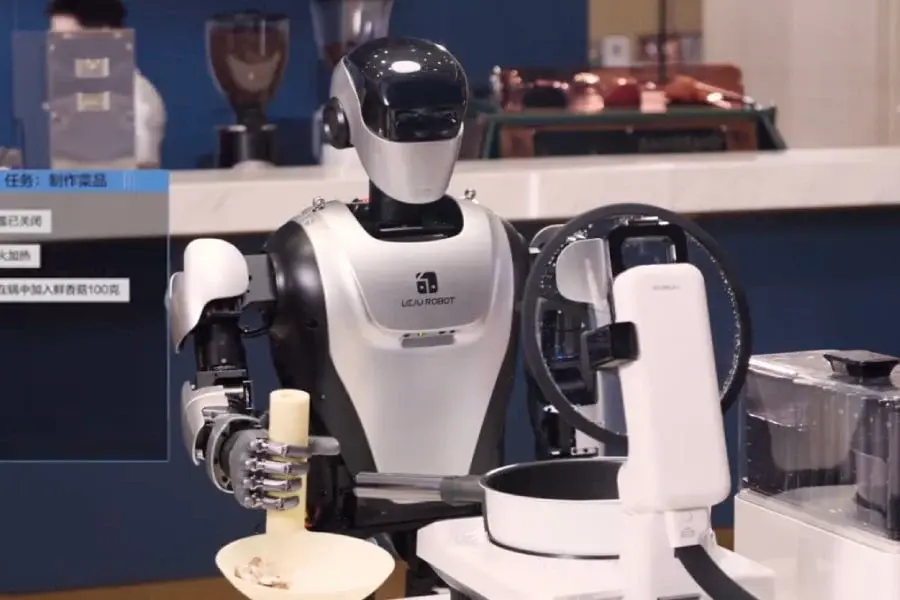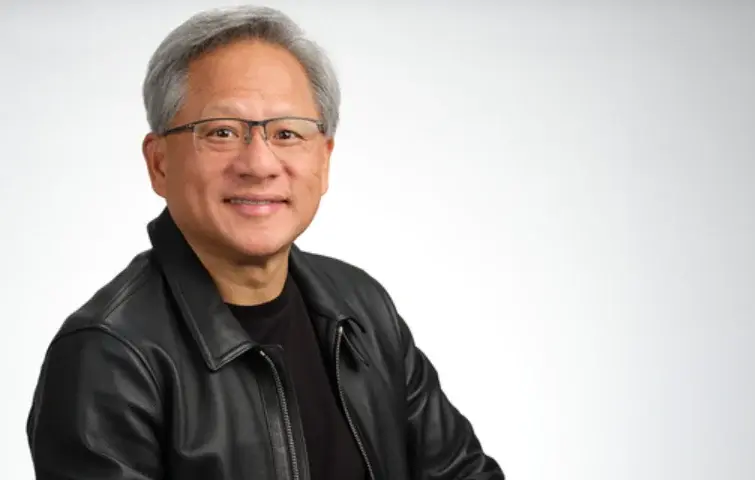Key Takeaways
1. Humanoid robots participated in a fully autonomous soccer tournament at the Smart E-Sports Center in Beijing, highlighting advancements in AI technology.
2. Four university teams programmed identical T1 robots to compete, showcasing their unique AI algorithms in direct matches.
3. The tournament featured a 3-on-3 format with two ten-minute halves and a halftime, marking a significant departure from traditional human-influenced matches.
4. While entertaining, the robots displayed clumsy movements, often stumbling, but the event celebrated their ability to complete matches independently.
5. The success of this tournament suggests a future where friendly games between humans and robots could become a reality.
Beijing, June 28, 2025 – In a groundbreaking event, humanoid robots took part in a fully autonomous soccer tournament held at the Smart E-Sports Center in Beijing. Four teams from universities were involved – Tsinghua University (THU Robotics), China Agricultural University (Mountain Sea), Beijing Information Science & Technology University (Blaze), and another Tsinghua team (Power Lab). Each team programmed identical T1 robots from Booster Robotics using their own AI algorithms to compete in direct matches.
Unique Tournament Format
This event wasn’t entirely without precedent, as humanoid robots have been participating in soccer at RoboCup events for years. What set this tournament apart was the total lack of human interference. The games were structured in a 3-on-3 format, featuring two halves of ten minutes each and a halftime of five minutes. In the championship match, THU Robotics triumphed over Mountain Sea with a score of 5–3, claiming the first title.
Entertaining Yet Clumsy
The matches leaned more towards being entertaining rather than showcasing top-tier sport. The 45-kilogram (99-pound) robots often stumbled, bumped into each other, and sometimes needed assistance to get back on their feet when they fell. Nevertheless, the audience of about 300 erupted in cheers for every successful play and save, viewing it as a sign of genuine advancement.
Despite their robotic nature, the players still move in a way that’s more akin to penguins on ice than to elite athletes like Kylian Mbappé. However, the ability to complete full matches without human control signifies a major achievement: AI-powered machines are now capable of handling complex tasks in real-time. If this progress continues, we might soon see the next exciting development – friendly games between humans and robots could be on the horizon.
Source:
Link



